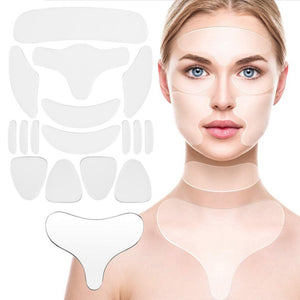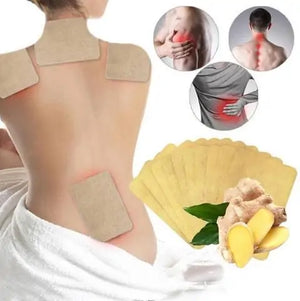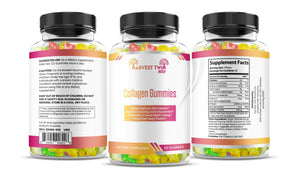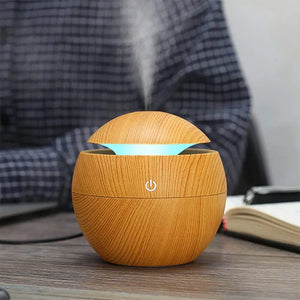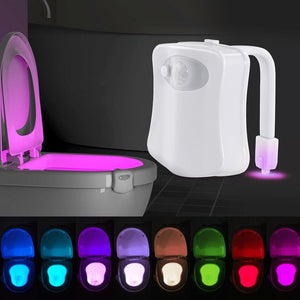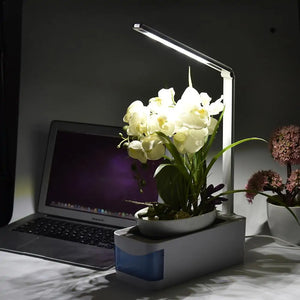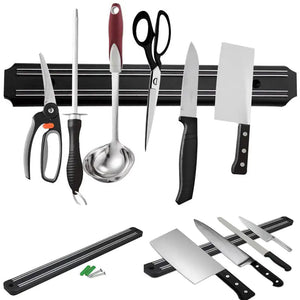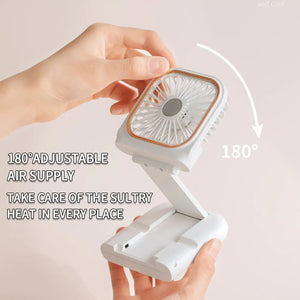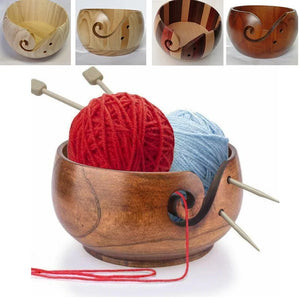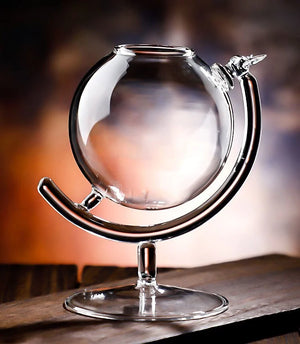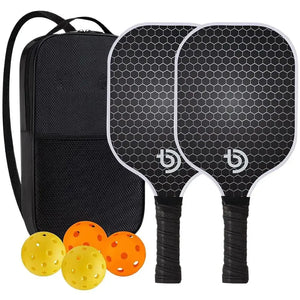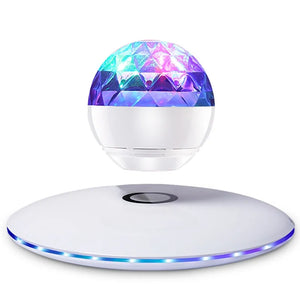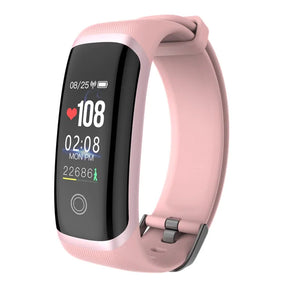
Microplastics have become an invisible but significant threat to human health. These tiny particles – fragments of plastic less than five millimeters in length – are now found throughout the environment and, alarmingly, inside the human body.
They've been detected in the liver, bloodstream, and even the brain.
While complete avoidance is nearly impossible, there are practical ways to reduce exposure, and one of the most impactful steps is switching from plastic to glass and metal containers.

Nifty Cool Stuff – our online lifestyle store – believes microplastics have become enough of a health issue to start taking the quality of drinkware into consideration.
The Growing Health Risk
Scientific research increasingly links microplastic exposure to potential health risks. Though the long-term effects are still being studied, early findings suggest that the presence of microplastics in the body is far from harmless.

The concern is not just about ingesting plastic particles, but also about the toxic chemicals they carry or attract. These chemicals may interfere with hormones, affect organ function, or trigger inflammatory responses in the body.
Given how widespread microplastics are, reducing personal exposure is becoming an important preventive health measure. Everyday behaviors and choices – especially those related to food and beverage storage – can make a measurable difference.
Why Plastic Containers Are Problematic
Plastic containers are a major contributor to microplastic contamination. They degrade over time and release tiny particles, especially when exposed to heat, light, or certain types of food.
For instance, microwaving food in plastic containers can release millions of microplastics and billions of nanoplastics within minutes. Similarly, storing acidic or oily foods in plastic can accelerate the leaching of harmful substances.
Even products designed for single use – such as bottled water or pre-packaged meals – are sources of microplastic intake.

A single liter of bottled water has been shown to contain hundreds of thousands of plastic particles. Moreover, plastic-lined cans and beverage cartons can also shed microplastics into the food and drink they hold.
The Safer Alternative: Glass and Metal Containers
Glass and stainless steel containers offer a safe and effective way to reduce contact with microplastics.
These materials are non-reactive, meaning they don’t break down or release harmful substances when in contact with food or when exposed to heat. This makes them ideal for storing, heating, and serving food and drinks.

Switching to glass containers for leftovers, meal prep, or pantry storage is a simple upgrade that can significantly reduce exposure. Glass is microwave-safe, durable, and free of contaminants. Likewise, stainless steel containers are perfect for beverages, lunch boxes, and dry goods. They don’t require plastic linings and won’t degrade over time, making them a long-lasting and sustainable choice.
Choosing glass jars for condiments, sauces, or spreads instead of plastic-packaged options can also help limit microplastic ingestion. These small decisions add up over time and can lead to a meaningful reduction in exposure.

Additional Ways to Cut Back on Microplastics
1. Drink Filtered Tap Water
Bottled water is one of the most concentrated sources of microplastics. Filtered tap water typically contains fewer particles and is subject to stricter safety regulations. Using a high-quality water filter and storing water in glass or metal pitchers can provide safer hydration.
2. Avoid Processed Foods
Highly processed foods often contain higher levels of microplastics compared to fresh or minimally processed options. Items like breaded seafood, processed meats, and packaged snacks are especially high-risk. Preparing meals at home using whole ingredients is a safer choice.

3. Choose Loose-Leaf or Cellulose-Based Tea Bags
Plastic-based tea bags can release billions of micro- and nanoplastics into a single cup of tea. Using loose-leaf tea or tea bags made from plant-based, biodegradable materials can drastically reduce exposure.
4. Reconsider Your Salt
Microplastics have been found in many common salts, especially coarse sea salts and specialty varieties like Himalayan pink salt. While all types of salt may contain some particles, more refined iodized salt tends to contain less. Moderating salt intake and choosing lower-contaminant options can help.

Conclusion
Microplastics represent a growing and largely invisible public health concern. Although they are pervasive, there are practical ways to reduce your exposure – starting with the simple but powerful decision to stop using plastic containers for food and drink.
The staff at Nifty Cool Stuff knows the simplest way to be safer from microplastics is that by switching to glass and metal containers, individuals can significantly reduce the amount of microplastics leaching into their meals and beverages. We carry a large selection of them, so feel free to give us a click and discover what works for you.

These safer, longer-lasting materials not only protect human health but also contribute to a more sustainable lifestyle. In the face of a plastic-saturated world, making smarter, safer choices in the kitchen is one of the most effective actions anyone can take.











